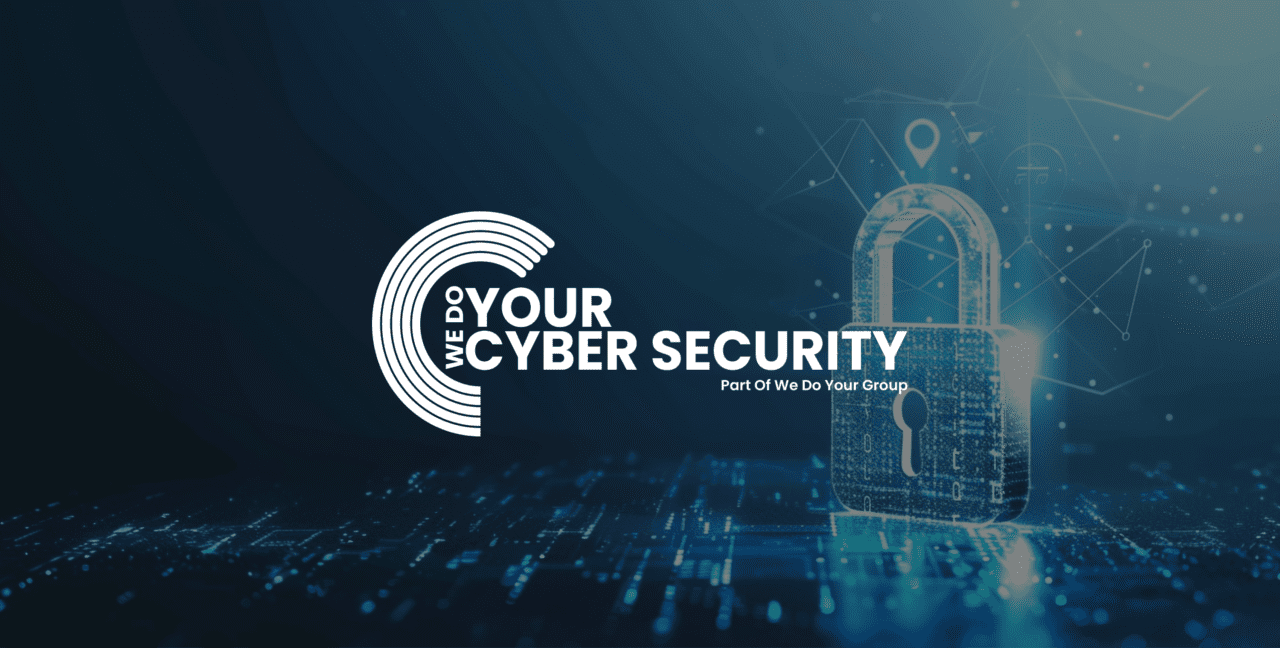
Navigating Cloud Security: Strategies to Shield Your Digital Realms

The Rise of Networkless Attacks: How Your Cloud Apps and Identities are at Risk
As businesses increasingly adopt cloud solutions, including cloud computing and software-as-a-service (SaaS) platforms, they face new cybersecurity challenges, including networkless attacks. These sophisticated strategies bypass traditional network defences by targeting digital identities and cloud applications, which are essential to modern enterprises. The move towards cloud migrations and the decentralisation of digital assets, coupled with the extensive interconnectivity facilitated by cloud computing, including private clouds, introduces significant data security risks. These vulnerabilities enable attackers to focus on specific applications, potentially leading to broader access to corporate networks. In this evolving landscape, it’s vital for businesses to prioritise the protection of digital identities and enhance password security through account managers. Additionally, implementing stringent data security and access management solutions offered by cloud service providers is critical.
Navigating the Decentralisation of Digital Identities in the Cloud Era
In the current digital era, the movement towards cloud computing services and the adoption of SaaS solutions by cloud service providers have led to the decentralisation of digital identities, which poses a complex challenge for cybersecurity expertise. This shift to cloud computing technologies, including the deployment of private clouds and multi-cloud environments, has revolutionised the cybersecurity landscape. Digital identities have become prime targets for advanced attacks that bypass traditional network vulnerabilities. The extensive use of services across different cloud vendors not only heightens the risk of breaches but also complicates the monitoring and protection of these digital identities. In this context, possessing expertise in cloud computing and mastering the intricacies of identity and access management (IAM) are imperative. Businesses are urged to adopt sophisticated cloud security strategies that go beyond traditional safeguards. By adopting zero-trust security models, companies can ensure the continuous verification and protection of every digital identity, regardless of the cloud service provider, safeguarding against the evolving tactics of cyber adversaries.
The Domino Effect: Why a Breach in One SaaS Solution Can Compromise Your Entire Business
The interconnectedness of cloud services, including multi-cloud environments, means a security breach in one Software-as-a-Service (SaaS) application can trigger a ‘domino effect,’ impacting your entire cloud computing environment. This phenomenon arises from the complex network of dependencies among various cloud applications, digital identities, and the cloud vendors or providers that host them. When an attacker breaches one application, they can exploit this to gain access to other services within the ecosystem, leveraging the vulnerabilities inherent in a decentralised and interconnected cloud technology landscape. This situation highlights the dangers of vendor lock-in, where reliance on a single cloud provider can exacerbate the risks and consequences of an attack. Therefore, a comprehensive approach to security, encompassing all aspects of cloud technologies, services, and digital identities, is essential. Such an approach should advocate for robust security measures across all cloud vendors and providers, aiming to prevent the cascading effects of a breach in the multi-cloud environment.
Defending Against Identity-Based Attacks: The Challenges in a Cloud-Centric World
As cloud technology solutions become increasingly central to business operations, the rise in identity-based attacks emerges as a significant challenge for companies worldwide. The shift towards cloud-centric models, offered by cloud providers, enhances scalability and flexibility but also increases the vulnerability of digital identities. Previously secured within an organisation’s network, these identities are now scattered across various cloud solutions and platforms, attracting cybercriminals’ attention. To combat such threats, businesses must understand the intricacies of safeguarding digital identities against unauthorised access, necessitating a departure from traditional cybersecurity methods to more dynamic, adaptive strategies. Implementing sophisticated identity and access management (IAM) systems, alongside a zero-trust security model that requires verification of all entities, becomes crucial. This approach aligns with the General Data Protection Regulation (GDPR), emphasising the protection of personal data within cloud environments. Companies must adapt to the evolving cyber threat landscape by leveraging expertise in cloud computing, adopting comprehensive and layered cybersecurity strategies capable of mitigating the complexities of identity-based attacks in a cloud-centric world.
The Zero-Trust Approach: Verifying Identities and Devices to Secure Your Business in the Cloud
In the cloud computing era, adopting a zero-trust security model is essential as the traditional security perimeter dissolves, and cloud security challenges in multi-cloud environments become more complex. With cyber threats continuously evolving, this approach is paramount for businesses looking to protect their digital assets on cloud data servers against increasingly sophisticated cyber attacks. Zero trust enforces strict identity verification for every user and device trying to access resources, crucial for addressing cloud security challenges effectively. It integrates principles that ensure trust is never assumed, and access is strictly verified, especially important in multi-cloud environments where managing access across different platforms poses additional challenges. By leveraging technologies such as multi-factor authentication (MFA), behavioural analytics, and advanced identity and access management (IAM) solutions, businesses can create a robust defence mechanism against unauthorised access. This model not only addresses cloud security challenges but also aids in cost management by preventing security breaches that can lead to significant financial losses. Continuous authentication and authorisation of every access request help businesses safeguard their operations in the cloud, ensuring the security of cloud data servers and efficient cost management.
Enhancing Visibility Across All Cloud Services: The Key to Staying Ahead of Networkless Attacks
In combating networkless attacks, increasing visibility across all cloud services, including public cloud, private cloud, and multi-cloud strategies, stands as a crucial method to stay ahead of cyber adversaries. As businesses accelerate their cloud adoption, relying heavily on a diverse array of cloud computing platforms, SaaS applications, and cloud vendors, the challenge to maintain an all-encompassing view of digital identities and their interactions intensifies. Effective management and protection of these identities demand a holistic visibility approach, integrating advanced security solutions for real-time insights into every access request and user behaviour. This strategy enhances data security and cloud data availability, crucial for detecting potential threats before they exploit vulnerabilities. Moreover, it bolsters the overall cybersecurity posture by ensuring continuous monitoring and securing of every aspect of the cloud ecosystem. By prioritising visibility in their cloud-centric operational landscape, businesses can more effectively anticipate and neutralise the sophisticated tactics used by attackers, thereby strengthening their data security in both public and private cloud environments.
Multi-Factor Authentication (MFA): An Essential Layer of Protection for Your Digital Identities
In the rapidly changing world of cybersecurity, Multi-Factor Authentication (MFA) stands out as an essential defence mechanism for enhancing data security, particularly within cloud computing environments. MFA protects digital identities by requiring users to provide multiple verification forms before accessing systems, which drastically lowers the likelihood of unauthorised access and serves as a crucial barrier against identity-based attacks. This method employs a strategy that includes something the user knows (e.g., a password), something the user possesses (like a mobile device from a trusted cloud vendor), and something the user is (such as biometric data), thereby providing a robust level of security. Given the shift towards a zero-trust model and the growing dependence on cloud services, incorporating MFA into a company’s cybersecurity strategy is not only beneficial but indispensable. It helps businesses secure their digital assets against increasingly sophisticated cyber threats in an era where reliance on cloud vendors for data security is more critical than ever.
Behavioural Analytics: Identifying Suspicious Activity in Your Cloud Infrastructure
In the complex realm of cloud computing, adopting a multi-cloud strategy can mitigate the risk of vendor lock-in and optimize cloud spending. Within this context, behavioural analytics emerges as a key tool for safeguarding cloud infrastructures against suspicious activities. By scrutinising user behaviour patterns across different cloud platforms, these sophisticated analytics tools pinpoint anomalies that might signal cybersecurity threats, such as unauthorised entries or data breaches. This approach, deeply rooted in machine learning and artificial intelligence, adapts to the target cloud environment’s specifications, learning continuously from the data flow. It effectively distinguishes between benign operations and potential security risks. For organisations striving to protect their dispersed digital identities and cloud services, weaving behavioural analytics into their cybersecurity framework is crucial. This strategy not only boosts their ability to thwart cyber attacks but also embraces the zero-trust model’s principles, enhancing their security stance amidst the ever-changing landscape of cyber threats.
The Power of IAM Solutions: Managing Identities and Access in the Complex World of Cloud Services
In the complex ecosystem of cloud computing, Identity and Access Management (IAM) solutions emerge as key components for managing digital identities and ensuring secure access across various cloud providers, including Google Cloud Platform. Acting as the backbone for both zero-trust security models and multi-factor authentication frameworks, IAM systems play a critical role in mitigating security issues by streamlining identification, authentication, and authorisation processes. They simplify the management of a wide range of digital identities across different cloud computing platforms, offering a comprehensive view of user activities and access permissions. This not only reduces the complexity associated with handling diverse digital identities but also addresses security vulnerabilities inherent in the cloud. In today’s environment, where the edges of organisational networks are increasingly dispersed, IAM solutions bolster security and operational efficiency. They ensure that the right individuals have access to the appropriate resources precisely when needed, making this layer of cybersecurity infrastructure indispensable for companies seeking to protect themselves against sophisticated cyber threats in the cloud-centric operational landscape.



